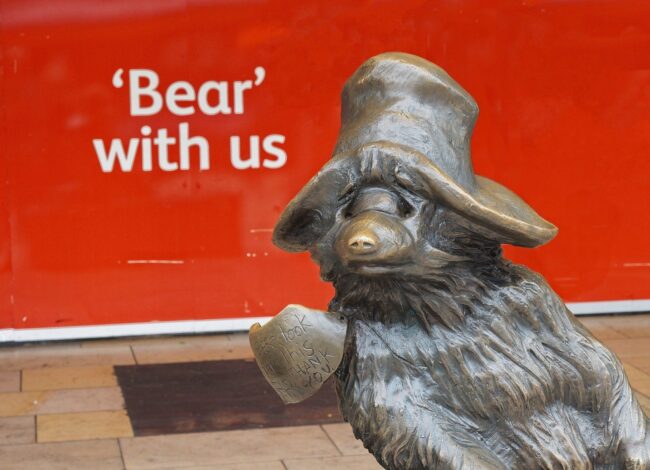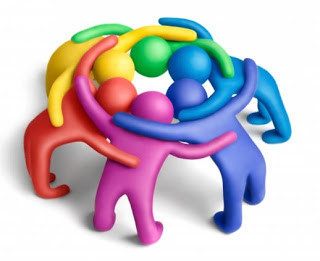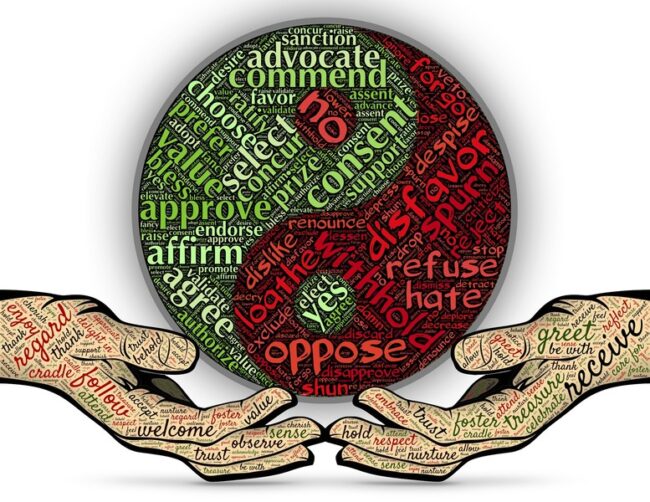Uncertainty. Upheaval. Disruption. Life as you know it is changing and it’s not letting up. What’s your response to it? Foggy head? Clear head? Ok with going with the flow or do you resent changing your clearly defined plans? As an HR specialist who helps people navigate times of change, I’ve observed (and displayed!) many behaviours that support navigating through change successfully (and not!).
This blog captures practices that build resilience and infrastructure to support leaders navigate the changes that significantly impact people and organisations.
Deploy consistent habits
Put first things, first. We are conditioned, many of us, for the ‘end’ point. Passing the exam, getting the promotion, hitting our sales or revenue targets, getting married, losing weight etc etc. It’s great to have a goal and have a plan. It’s not possible to deliver the plan in a linear order, illustrated beautifully by one of my favourite quotes “No plan survives contact with the enemy”.
I fell afoul of this personally, only recently. I was running up a hill, that was in the plan. I couldn’t run up the hill because I couldn’t breathe. Feeling like I should be able to do it by now (I’ve done it before, it’s the right stage of the plan) meant I tensed and told myself to ‘just get up the hill!’ I had enlisted the help of a running
coach who gave me some sage advice. “Don’t look at the top of the hill, look just forward of where you are, maintain your optimum posture for breathing and moving and keep going with small steps. Believe in your legs, your mind will quit before your legs will.” She was right, of course. As a coach, I knew this, and I’ve been known to give the advice before, but I was at a point of personal difficulty because I was in my ‘get on with it’ mindset. The answer wasn’t in the grit or the capability (it wasn’t a very big hill and I was determined!). It was all in the technique. It was a great metaphor for life and business showing what happens when we focus on the end point and get frustrated that we’re not where we want to be. Identify and practice the consistent habits and processes and we can keep sight of the end point and focus on the here and now moves to get there. In this example, once I focused on technique, my determination had something tangible to deliver, my heart-rate settled and I ran up the hill with less effort than my starting point.
Prioritise often
Prioritising is a skill that delivers plans and takes practice to make sure, ironically, that we prioritise using it. So, blend vision with pragmatism. It’s important to identify possible outcomes and what if’s in times of change however it’s also important not to overanalyse. Keep your focus on thinking about the likelihood of something affecting your plans and weigh it up with gauging the potential impact, then prioritise the things that will make the biggest difference. Once the plan is executed, keep visiting the ‘what-if’s’ and adjust them. Take time to identify what now, then what next, repeat and/or adjust and you’ll create space for movement in the right way without losing time or direction.
In high VUCA (volatile, uncertain, changing, adaptive) situations, the next right move might not be in the well thought through plan, it’s more likely to be found in the evolution of a situation and so prioritising frequently becomes the tool for adapting once a plan is in ‘play’. It’s especially important when we’re in uncertainty, as it allows you to adapt as information and resources unfold.
Embrace, manage and don’t judge, your emotions
When something rocks our world, whether we think it should, or whether we think it shouldn’t, it has. Our attachment to something isn’t logical, it’s emotional. We don’t judge our nerves when they tell us something is hot or cold, so when our emotions tell us we feel happy or sad, we need to drop the notion that our feelings are good or bad. Instead, understanding that emotions are the psychological equivalent of our nerve system mean we can access them as data. Uncomfortable data sometimes, yes, but data, nonetheless. So, take the time to find out how you’re feeling about the changes you’re facing, and notice and you’ll be in a better position to move identify what you need and move into a productive space, quicker. For example, if you’re feeling overwhelmed or helpless, accept it. It makes sense when there’s a lack of information and the implications are serious. It doesn’t need to be dramatic, but it isn’t helpful to ignore it. It will affect the way you function whether you want it to or not, at some point. So, face into it, look it in the eye and process it. Simple ways to do this are moving to another room, going for a walk, making a drink, listening to some music, exercising, talking to someone you trust. Allow the same for others and you’ll find collective solutions and build trust so, encourage your team to identify and use their emotions, then enjoy the benefits of a more resilient, rounded, solution focused team.
Live through the unknown
Some people have a higher need for certainty and control than others. High change and high uncertainty situations reveal this. Neuroscience explains that we get an addictive hit of dopamine when we deal with something quickly. This feel good hormone keeps us wanting to complete and conquer over and over. The short-term hit gets in the way of our ‘better judgement’ though and robs us of the longer-term satisfaction of achieving something worthwhile, because the longer-term piece can’t be done in one hit or in this mode of working. So, next time you find yourself living off dopamine hits, check you’re working in urgent mode because that’s what really is needed. Then move out of it as soon as you can, allow your adrenaline levels to settle so you’ll restore the ability to see and move towards the longer-term gain.
Preparation and practice for times of high stress also work well here. We don’t see athletes at starting lines using things to distract themselves for their nerves, musicians turn up at concerts at the last minute or emergency services arrive in a harried rushed state. They turn up for their event or situation focused on what’s before them in the knowledge they were prepared to cope with what they couldn’t predict because they have rehearsed the habits they’d need for the things they could predict. They rehearse crucial technical pieces. I’m a rugby fan. Johnny Wilkinson’s 2003 drop goal is my personal reminder of the benefits of practicing for times of pressure – what’s yours?
So, prepare and practice the small things, so you can employ them in habit form when you need them urgently and develop your ability to hold your nerve through the waiting period so you can be ready and able to act at the right time, in the right way. You’ll feel better, more often, longer term. You’ll also be easier to work with!
Replace your agenda with empathy
Changing and uncertain times feel chaotic because they involve people who are communicating in different ways, with different perspectives, about an evolving situation. As humans, we experience a loss of control when we wait for decisions from others and we experience a sense of control when the decision is ours.
I see it play out with employers and employees often. ‘Why is she being so difficult?’ they say. ‘Why is he being so insensitive?” they ask. There are differences in agendas and to truly understand what’s going on, agendas need to be replaced with a genuine desire to understand the other person’s view. I have lost count of the number of times I’ve facilitated a discussion where people agreed, but just couldn’t see it at first because they described their experience and views so differently.
This is where judgements really surface too. The minute we start deciding whether someone is right or wrong, it’s because we are comparing it to our own frame of reference. If it matches, they’re right. If it doesn’t, they’re wrong. It’s human, it’s understandable but it’s not helpful. So, move towards understanding what someone disagrees with by removing your own listening lense, and then share your perspective responsively e.g. in relation to their view, not in an oppositional reply and you’ll find ways towards solutions. Sometimes you’ll need to adapt more than others and not everyone will respond well. Once you’ve genuinely dropped your agenda, persevere. It’s less likely to feel like a compromise, and more likely to feel like a good way forward.
In summary
Navigating disruption is exhausting for many because of the constant need to switch between being future focused and working with constantly developing information. It takes concentration and energy. Clarity, planning, adaptability, high emotional intelligence and strong communication skills are pivotal to navigating change successfully.
We work with teams in small and large businesses to support them in their organisational change needs. Whether that’s supporting senior people with their ideas and plans or leading HR teams to a new level of service to their businesses.
If you would like to see how we might help you navigate a period of significant change, we’d love to hear from you. Get in touch today.










